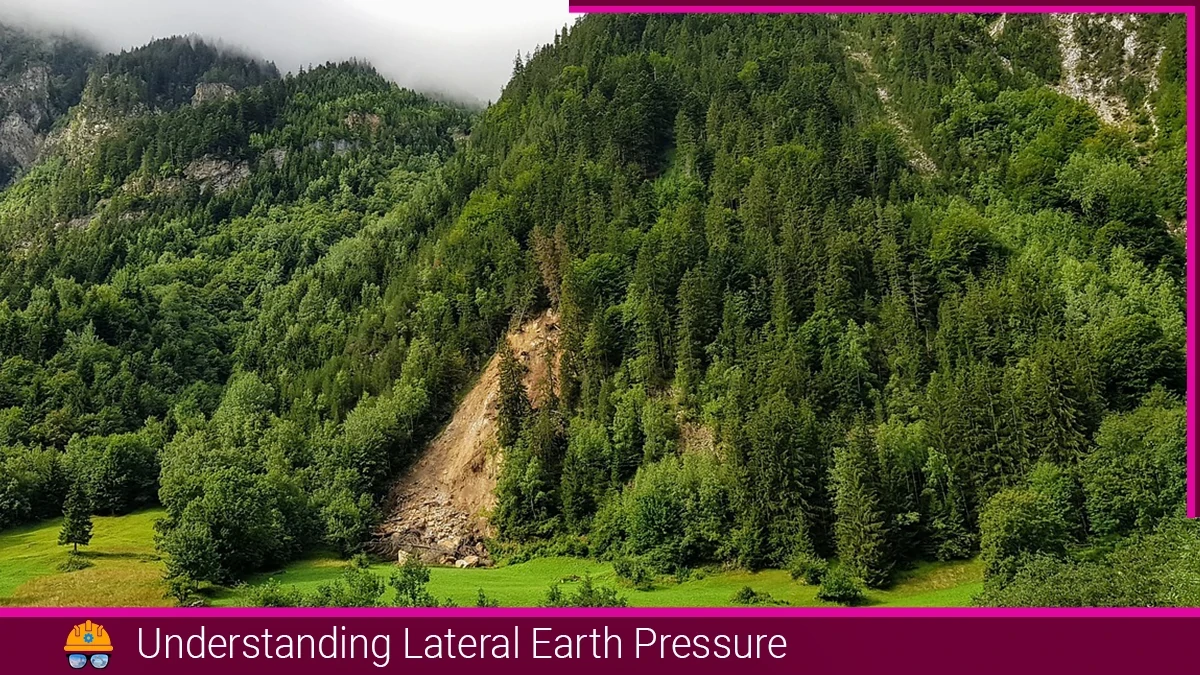Hello, I am writing seeking some understanding. My background is structural so apologies if this is rudimentary.
At the site under question, there are primarily cohesive soils. The geotech gave us the formulas and parameters to calculate the passive and active pressures. However, at the depth that I am looking at, I am getting a negative value for the active pressure, due to a high negative component for cohesion in the equation with the parameters provided.
Sigma_a = yHKa - 2Su*sqrt(Ka)
I’ve checked my math and it is correct. Is this negative value normal? What does this mean in terms of how the soil is behaving at this depth? Any insight would be appreciated, thanks.
At the site under question, there are primarily cohesive soils. The geotech gave us the formulas and parameters to calculate the passive and active pressures. However, at the depth that I am looking at, I am getting a negative value for the active pressure, due to a high negative component for cohesion in the equation with the parameters provided.
Sigma_a = yHKa - 2Su*sqrt(Ka)
I’ve checked my math and it is correct. Is this negative value normal? What does this mean in terms of how the soil is behaving at this depth? Any insight would be appreciated, thanks.



